Vancouver stands as a remarkable example of a city where wilderness and urban development coexist in perfect harmony. Nestled between mountains and ocean, this Canadian gem offers residents and visitors alike the unique opportunity to experience nature’s wonders without venturing far from downtown cafes and skyscrapers.
The city’s thoughtful urban planning has preserved green spaces that serve as natural sanctuaries amid the bustling cityscape. Here is a list of nature experiences you can enjoy in Vancouver without leaving the urban grid.
Stanley Park
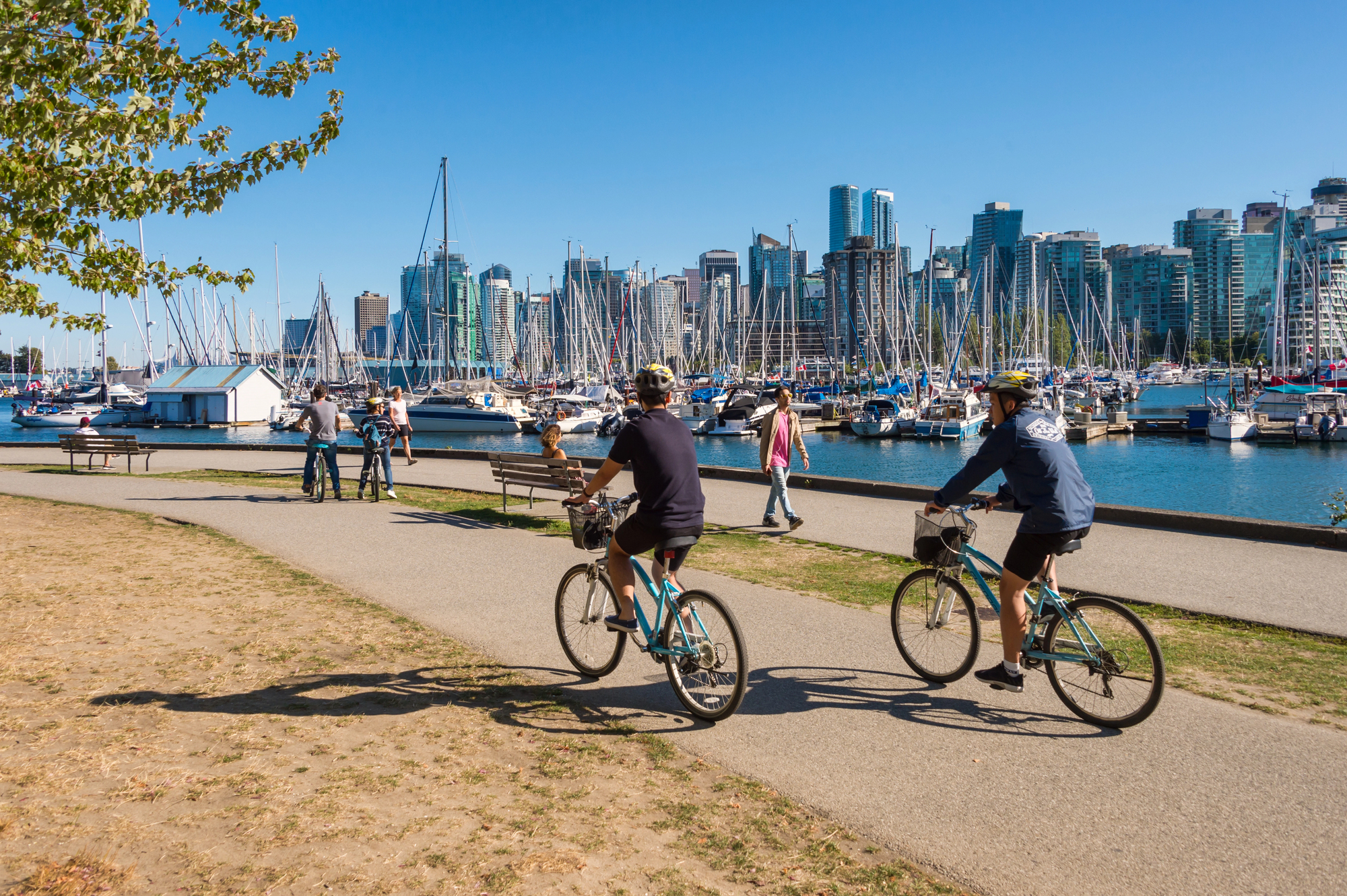
This magnificent 1,000-acre urban forest sits right at the city’s edge, forming a green peninsula that reaches into the water. Stanley Park features ancient cedar, hemlock, and fir trees that tower above visitors – creating a cool forest canopy even on the hottest summer days.
The 5.5-mile seawall path wraps around the park’s perimeter, offering breathtaking views of the mountains, ocean, and city skyline all at once.
VanDusen Botanical Garden
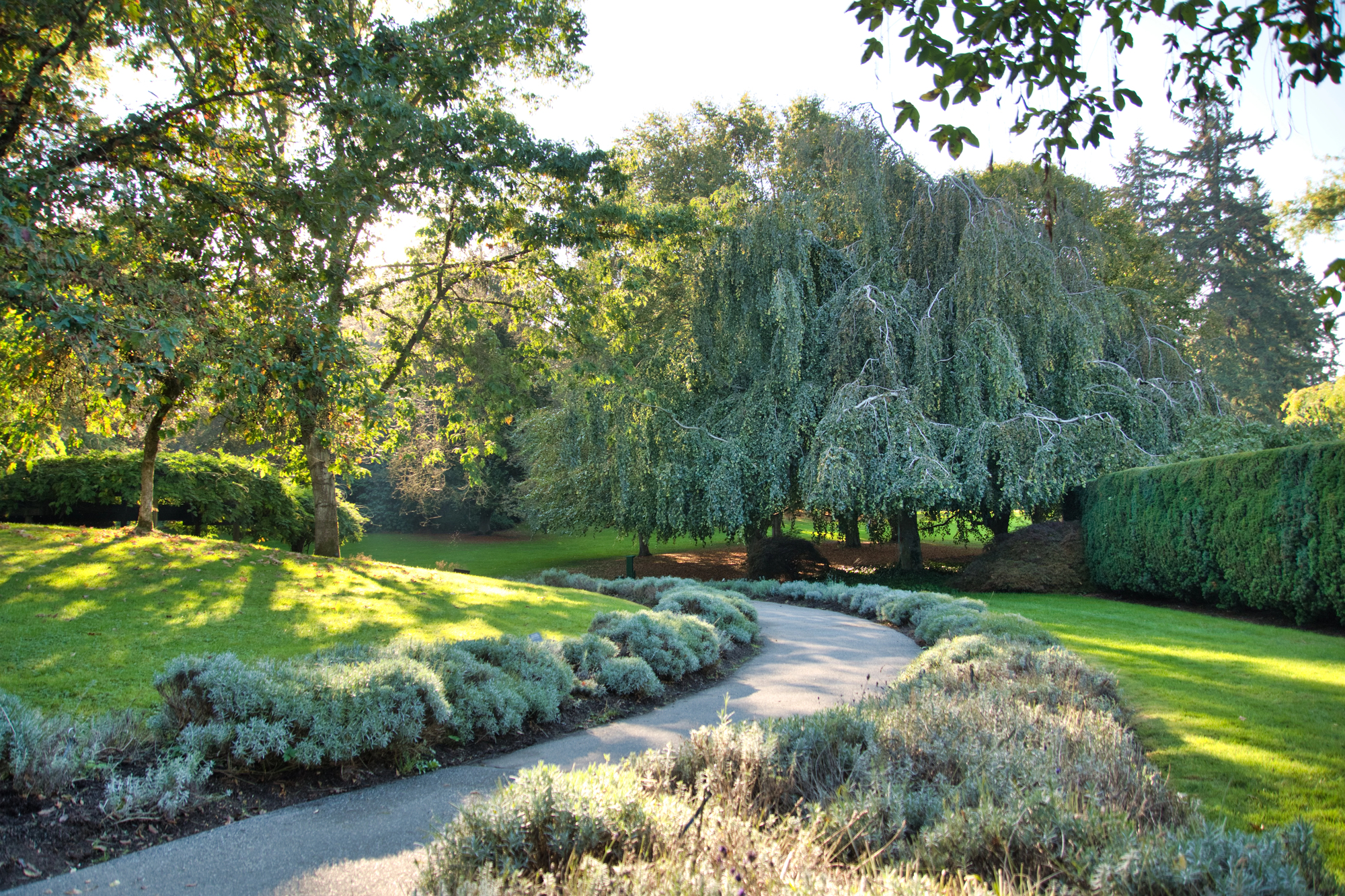
This 55-acre horticultural haven showcases plant collections from around the world, arranged in themed gardens that change with the seasons. The garden’s hedge maze provides a playful challenge for visitors – while the Elizabethan maze design brings a touch of old-world charm to the experience.
Come spring, the garden bursts with colorful blooms that’ll make you forget you’re still in the city limits.
Queen Elizabeth Park
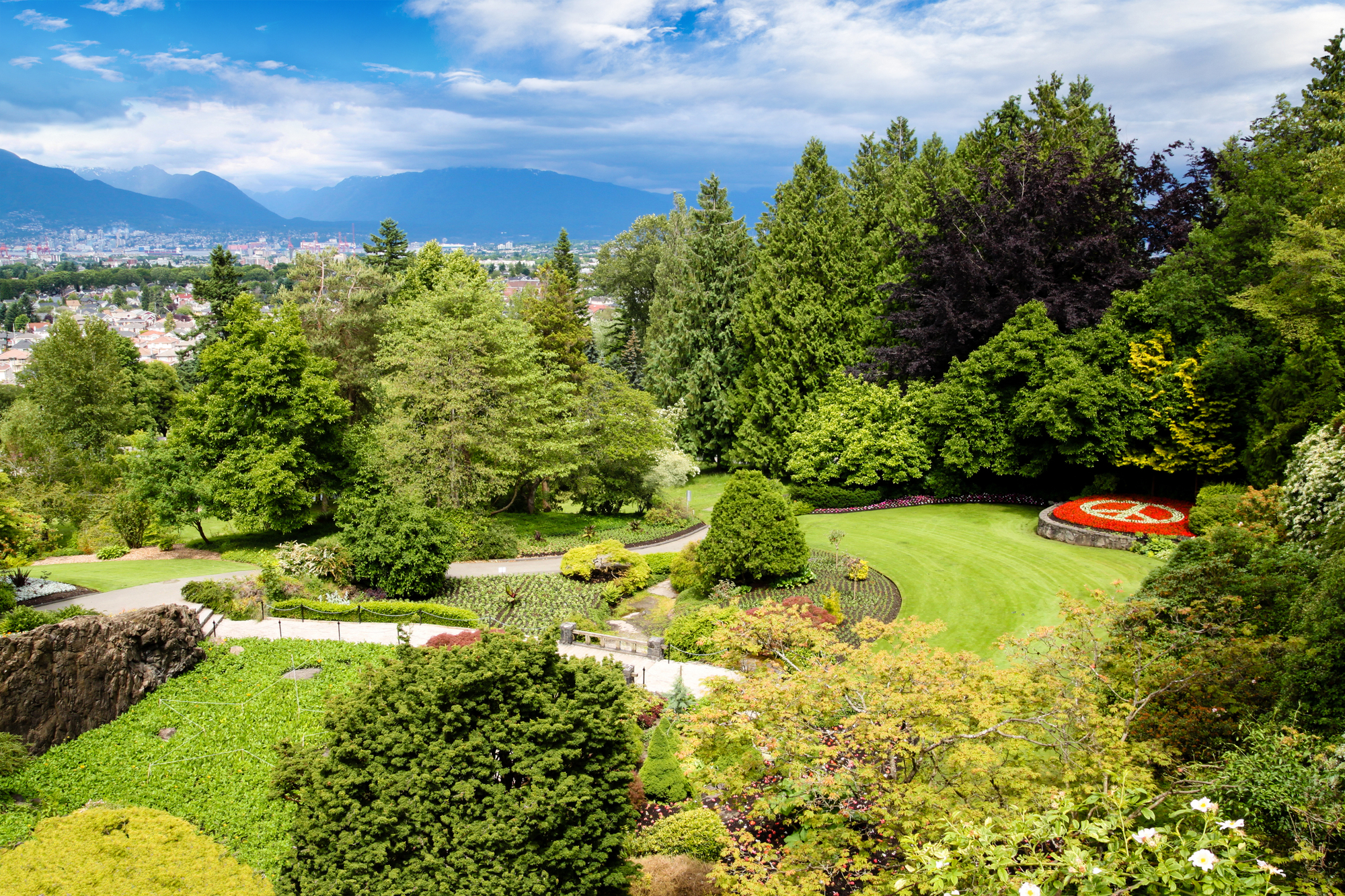
Perched at the highest point in Vancouver, this former quarry has transformed into a lush garden with panoramic city views. The sunken gardens create microclimates that support diverse plant life – though it’s the quarry garden that truly demonstrates nature’s ability to reclaim disturbed landscapes.
You won’t believe you’re standing in Canada’s third-largest metropolitan area when the North Shore mountains form such a dramatic backdrop on clear days.
Like Travel Pug’s content? Follow us on MSN.
False Creek Seawall
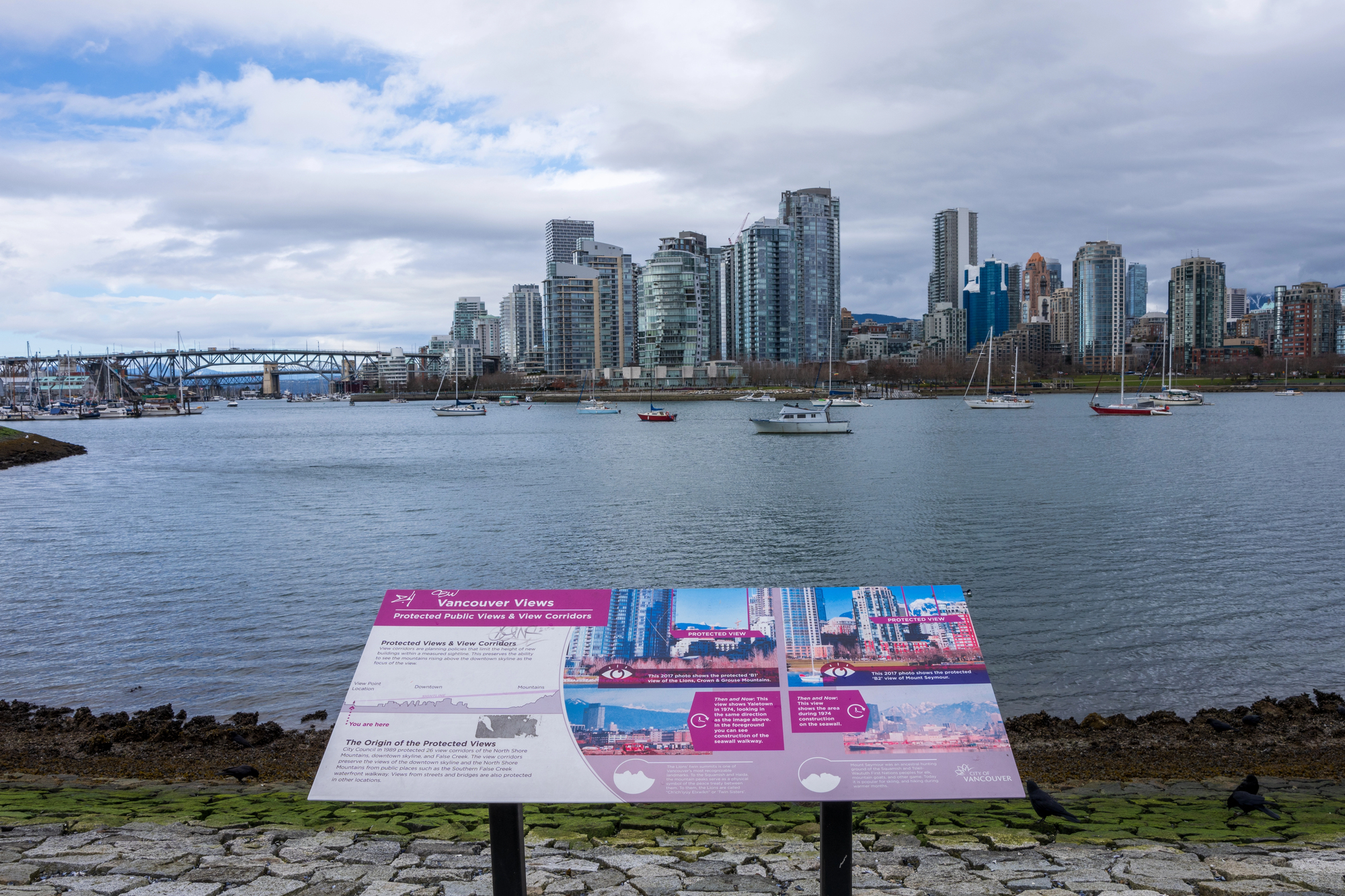
This waterfront pathway connects multiple neighborhoods with a continuous ribbon of accessible nature right through the heart of the city. Herons often fish along the shoreline – while harbor seals occasionally pop up above the water’s surface.
The seawall meanders past small pocket parks and beaches, offering countless spots to pause and connect with the natural world without ever feeling like you’ve left urban Vancouver.
Pacific Spirit Regional Park
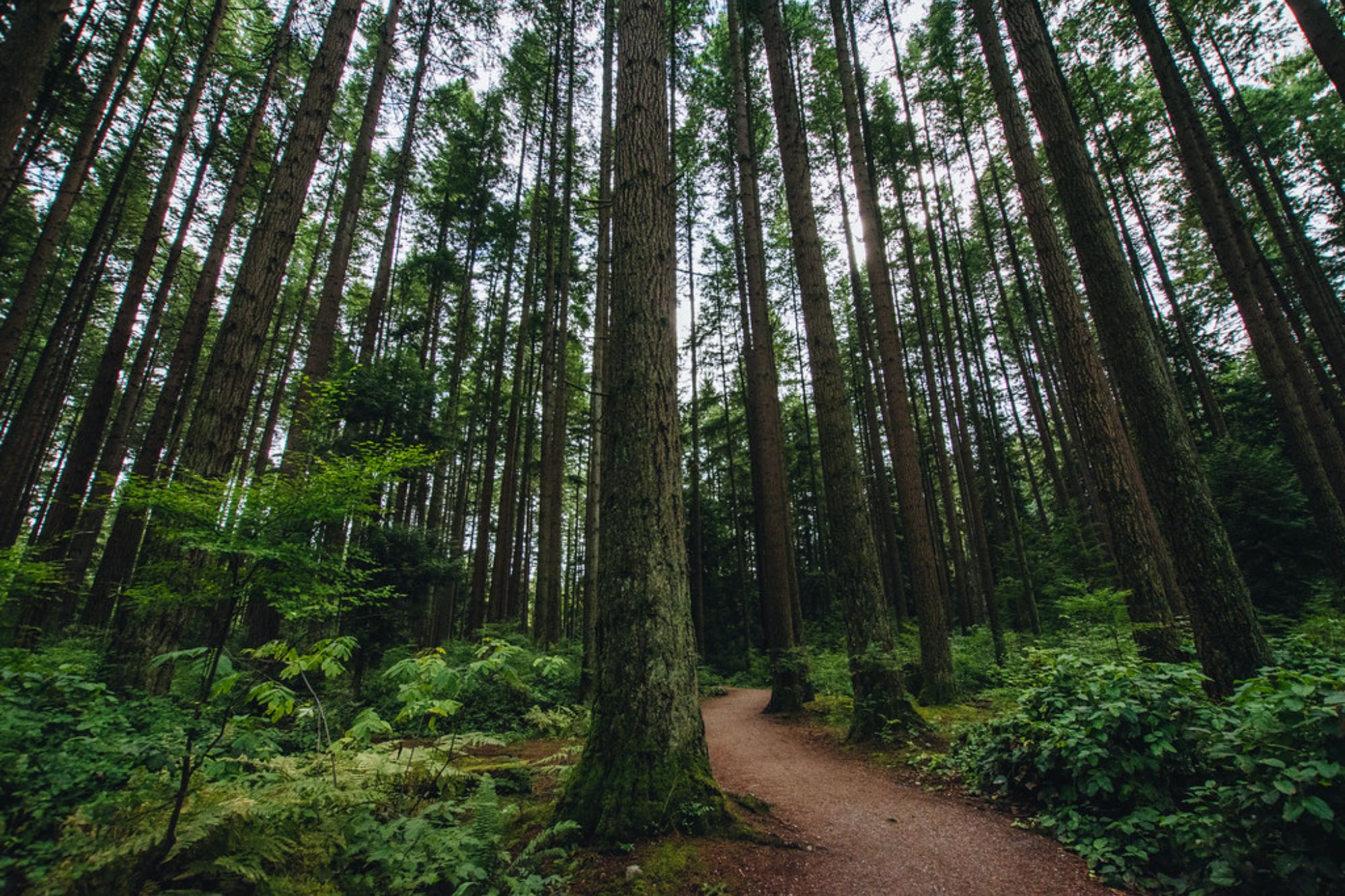
Located on the University of British Columbia campus, this massive 1,885-acre forest preserve contains miles of trails winding through second-growth forest. Sword ferns carpet the forest floor beneath towering trees – creating an environment that feels wonderfully wild despite being minutes from urban areas.
You might spot woodpeckers, owls, and smaller forest creatures during daylight visits, though the park’s varied ecosystem occasionally supports larger wildlife too.
Dr. Sun Yat-Sen Classical Chinese Garden
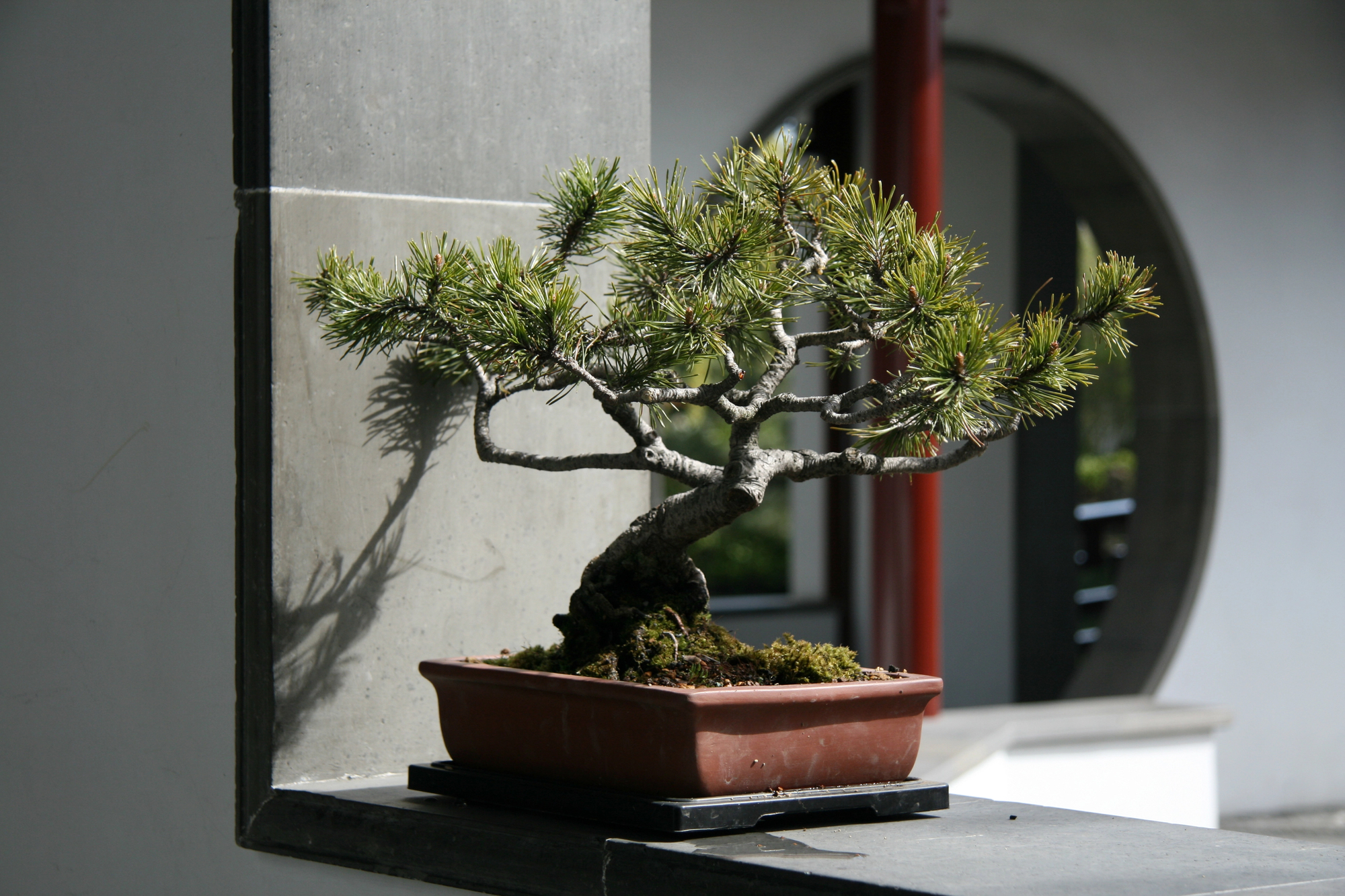
This tranquil oasis in the heart of Chinatown recreates Ming Dynasty garden traditions using authentic techniques and materials. Jade-colored water reflects intricate pavilions – while carefully placed rocks represent mountains in miniature.
The garden wasn’t just built for beauty; it operates on traditional Chinese principles of balance and harmony, showing how urban spaces can reconnect people with natural rhythms without requiring wilderness isolation.
Like Travel Pug’s content? Follow us on MSN.
Kitsilano Beach

This popular urban beach offers a perfect blend of natural shoreline and city convenience. The mountains rising beyond the water create a wilderness backdrop that contrasts beautifully with the manicured park surrounding the beach area.
Don’t miss the tide pools that form among the rocks when the tide retreats – they’re nature’s own little aquariums where curious beachgoers can observe small marine creatures going about their business.
Capilano River Regional Park
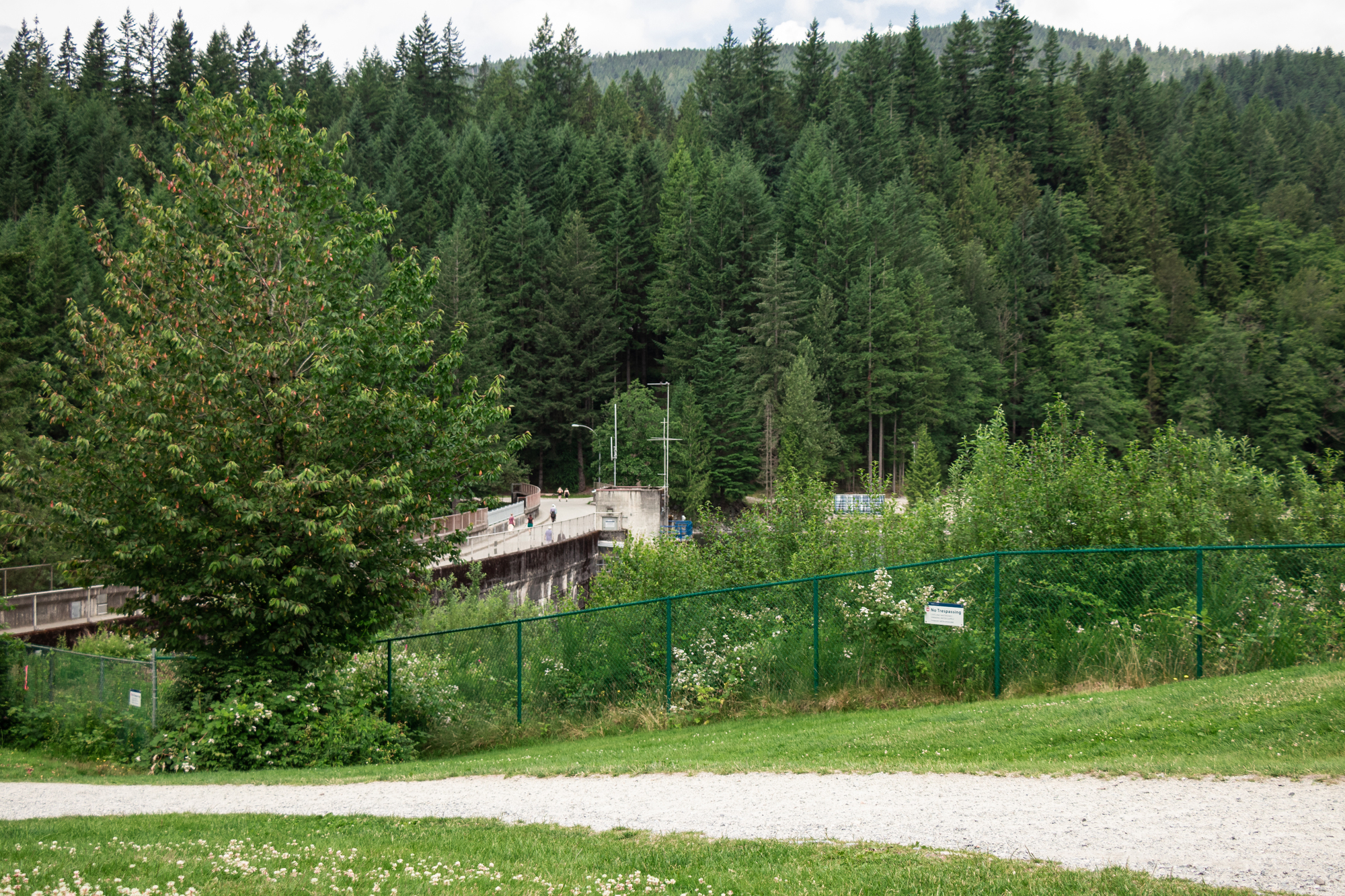
Located within city limits, this park features a river canyon that cuts through the urban landscape – creating dramatic topography you rarely find in cities. The fish hatchery lets visitors learn about salmon lifecycles, while trails along the river provide opportunities to witness this keystone species during spawning season.
It’s hard to believe you’re still in Metro Vancouver when you’re standing in a deep canyon that supports plants typically found in remote wilderness areas.
Lynn Canyon Park
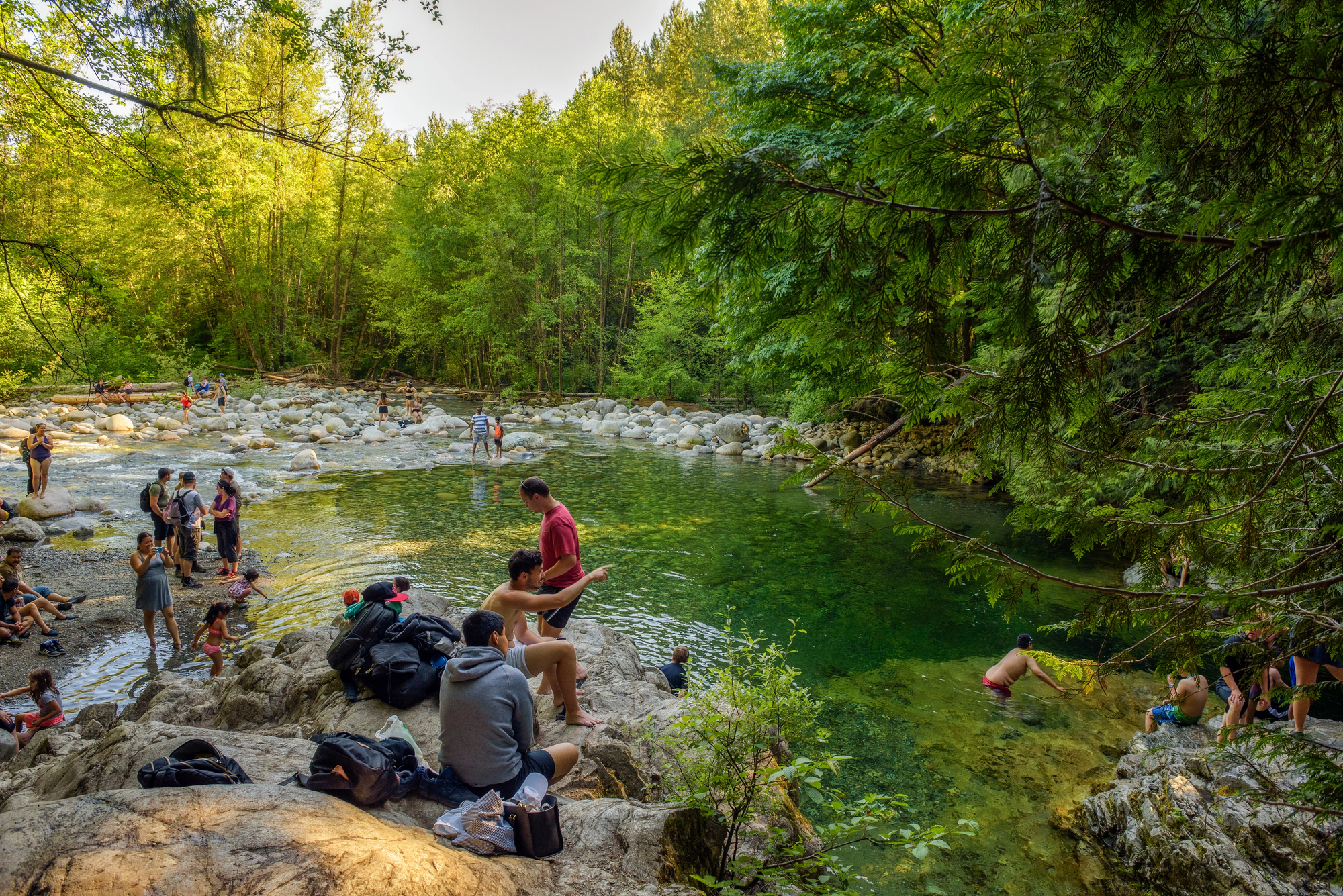
This municipal park contains a free suspension bridge hanging 50 feet above a forested canyon – offering a more accessible alternative to the touristy Capilano Suspension Bridge. Clear pools below showcase the remarkable clarity of water flowing from the North Shore mountains through the urban environment.
Drop by the ecology center to learn about the temperate rainforest ecosystem that characterizes much of the Pacific Northwest before hitting the trails.
Like Travel Pug’s content? Follow us on MSN.
Burnaby Mountain Conservation Area
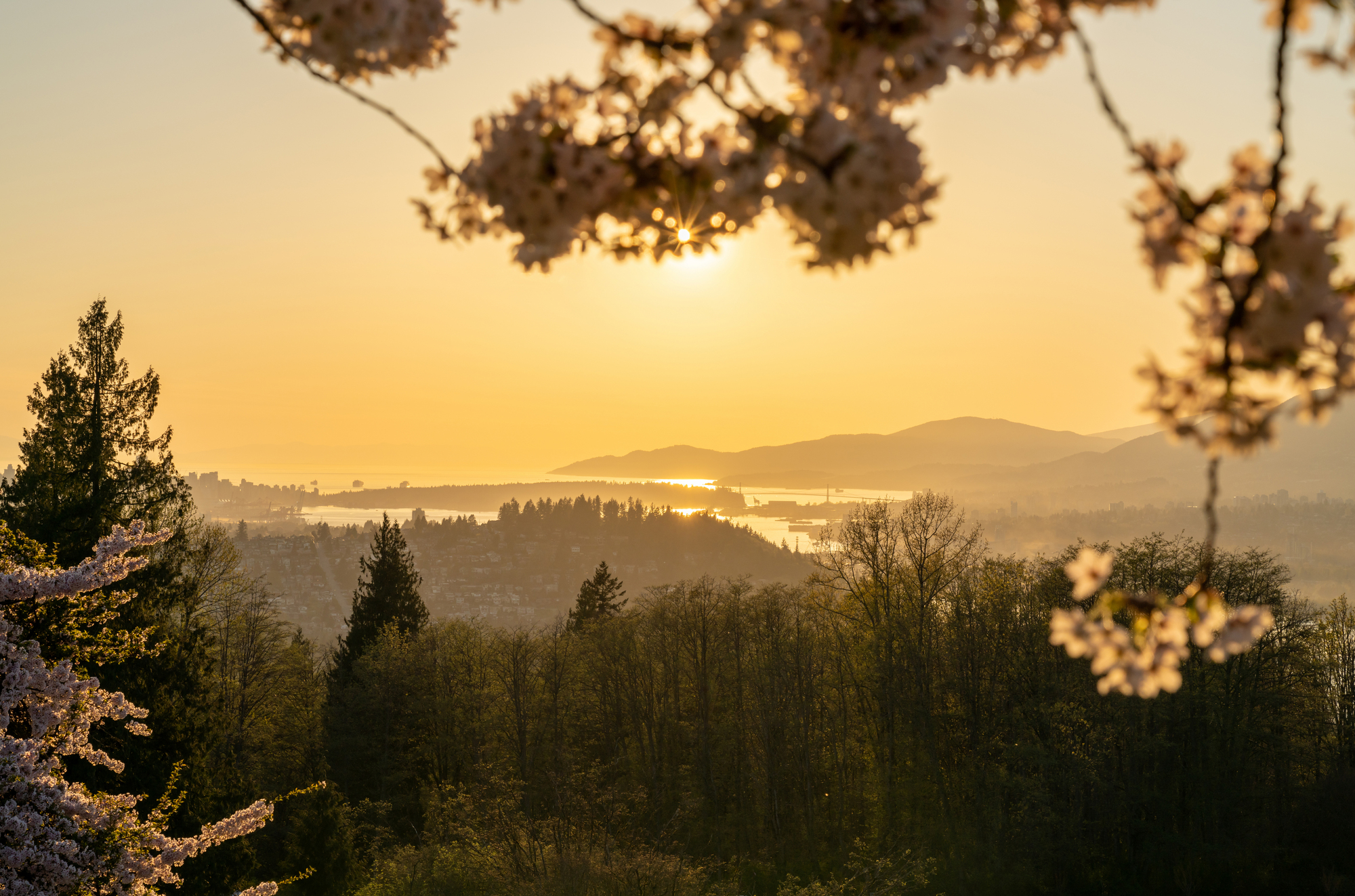
Just east of Vancouver proper, this urban wilderness area rises 1,200 feet above sea level – providing eagle-eye views that’ll take your breath away. Mountain biking trails crisscross the slopes, while a diverse forest supports wildlife, including deer, coyotes, and numerous bird species.
Serious hikers and casual nature lovers alike can appreciate how elevation changes create distinct plant communities, even within a relatively small geographic area.
Jericho Beach
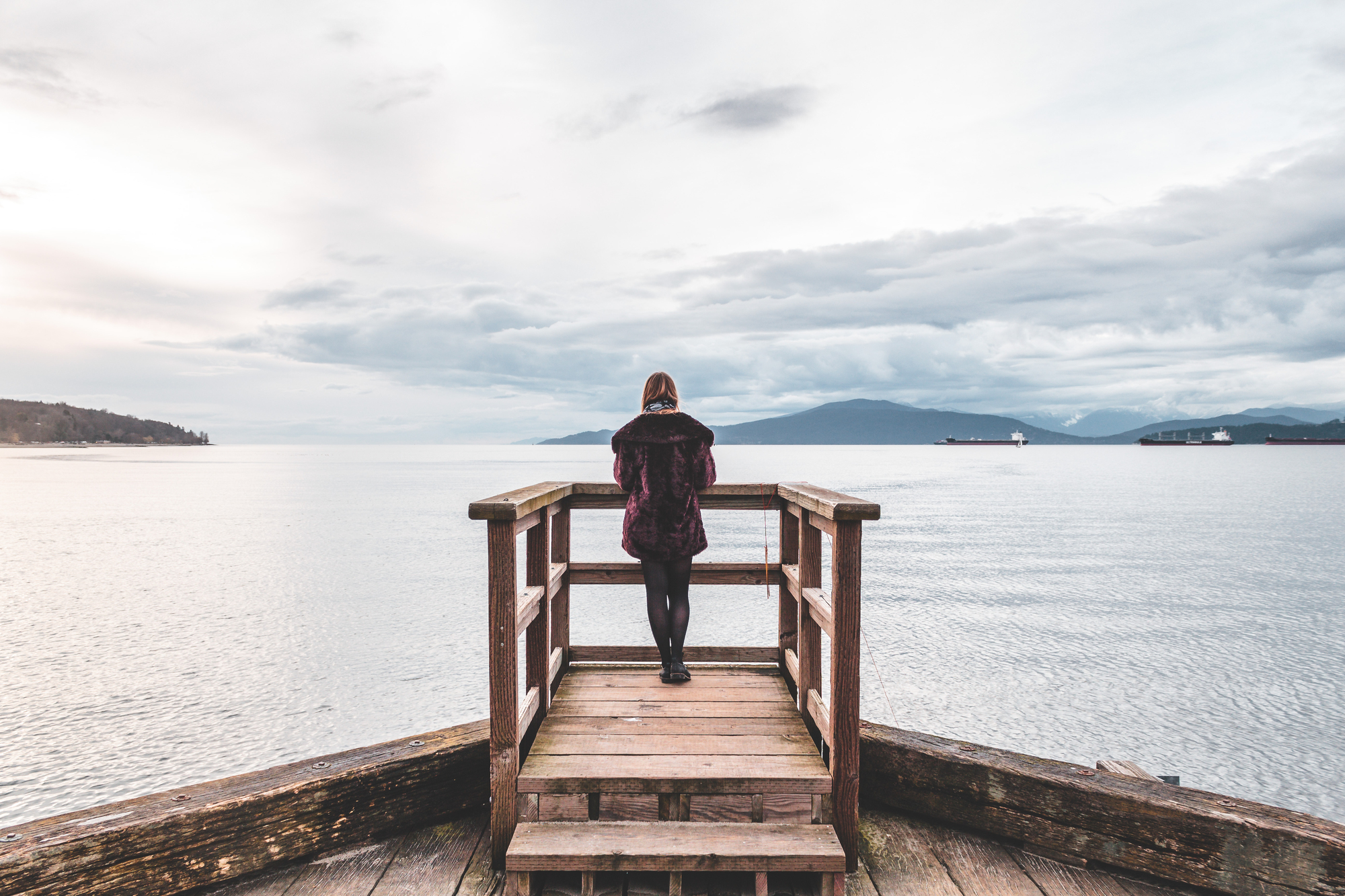
This expansive shoreline park combines beach, forest, and wetland environments in one accessible location. Marine birds gather in impressive numbers during migration seasons, turning the park into a birdwatcher’s paradise without leaving city limits.
You’ll be amazed at how many ecosystems coexist here—from sandy beach to mature forest—illustrating how transition areas between habitats support particularly rich biodiversity.
Bloedel Conservatory
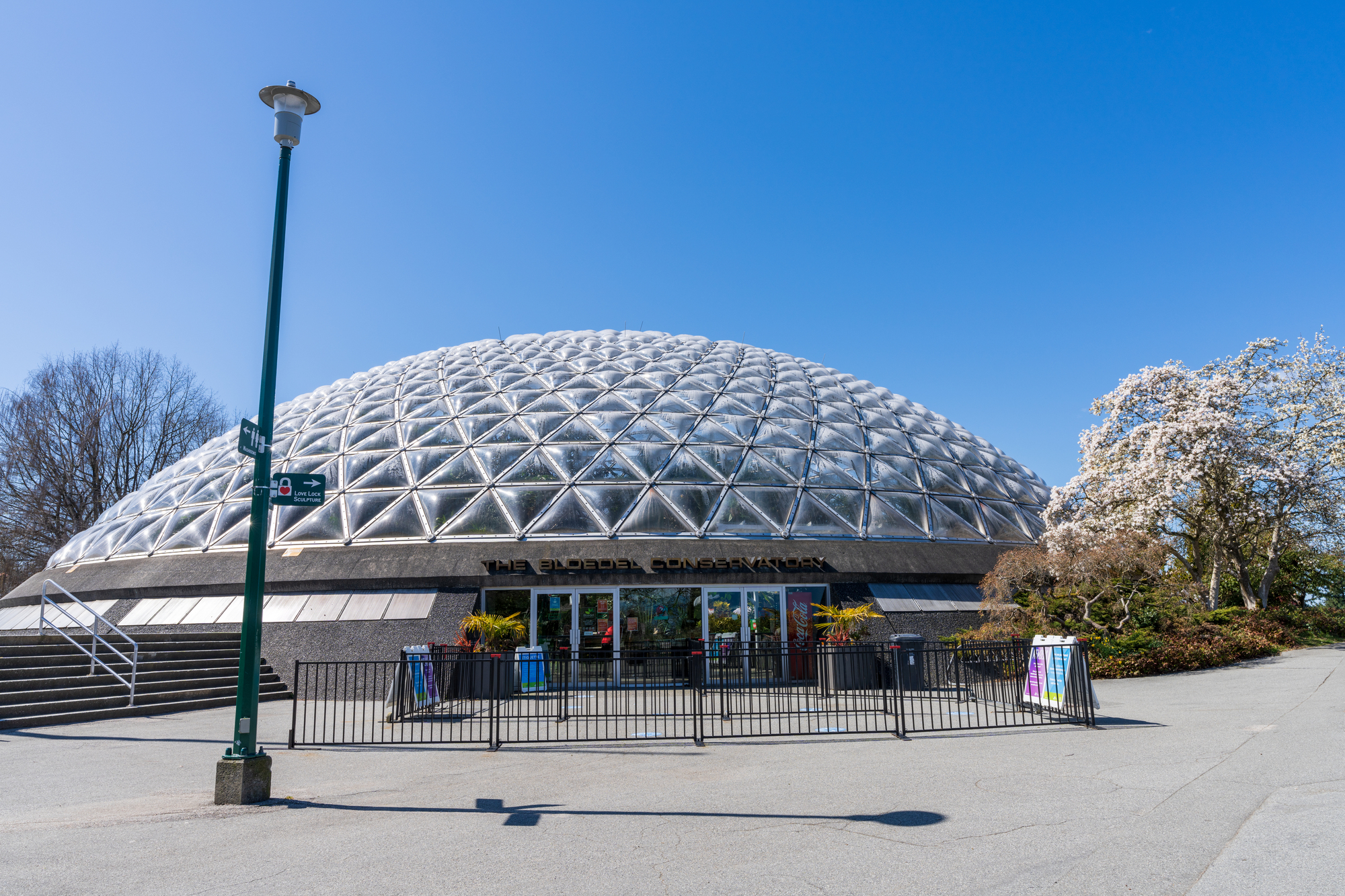
Located in Queen Elizabeth Park, this domed tropical garden houses more than 500 exotic plants and 100 free-flying birds. The climate-controlled environment lets visitors experience a tropical jungle without leaving the city, with exotic flowers blooming year-round regardless of Vancouver’s actual weather.
Though completely artificial in construction, the conservatory creates an authentic ecological experience that would otherwise require international travel.
Like Travel Pug’s content? Follow us on MSN.
Vanier Park
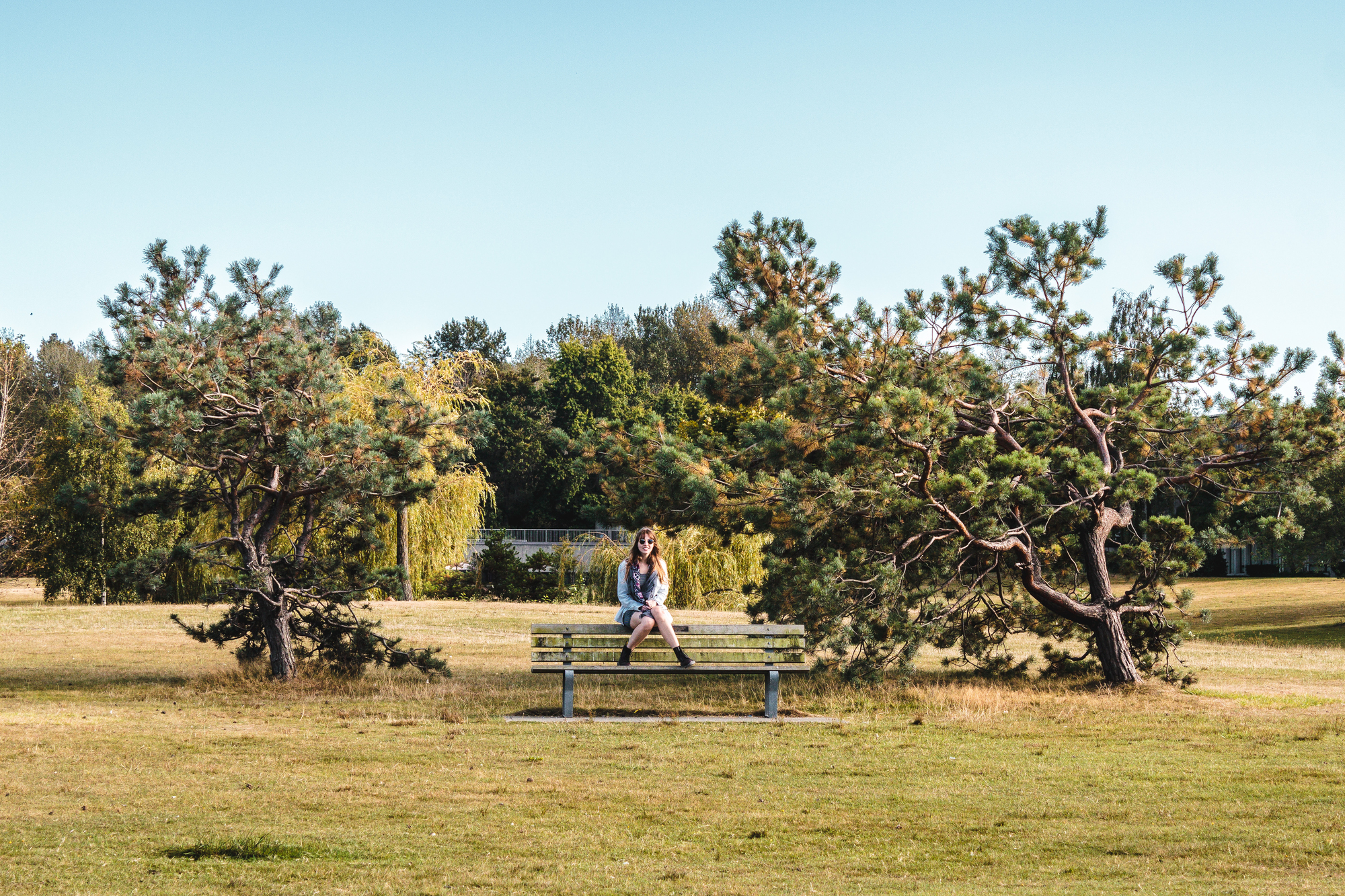
Situated on the waterfront near Kitsilano, this park features open meadows, shoreline paths, and cultural attractions in one compact space. During summer months, the park’s grassy expanses fill with wildflowers that attract butterflies and pollinators, creating small pockets of meadow ecosystem.
Though often overlooked by tourists, locals know it’s the perfect spot to watch marine birds while taking in stunning views of downtown Vancouver across False Creek.
Arbutus Greenway
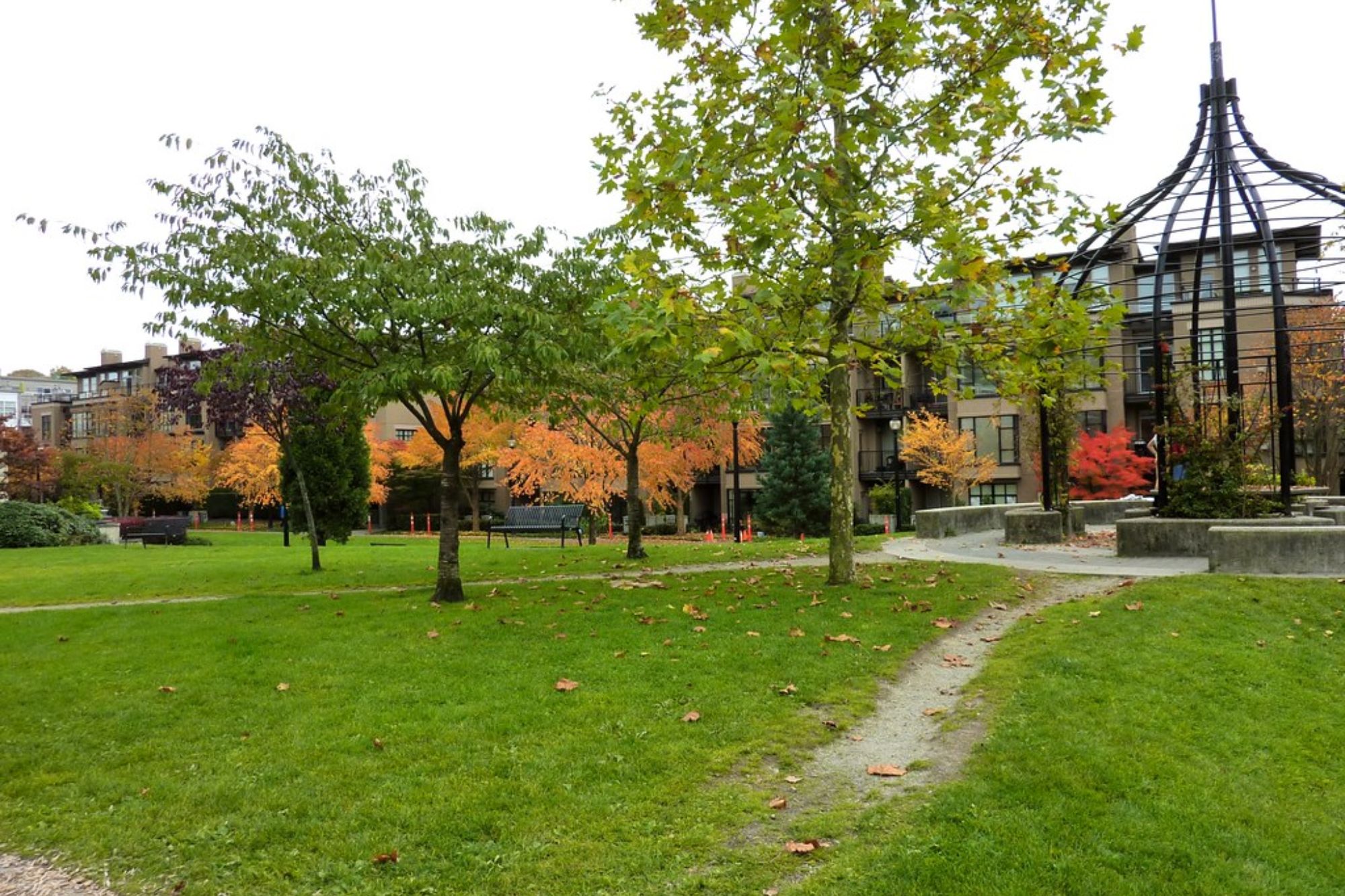
This converted railway corridor now serves as a 5.6-mile linear park connecting neighborhoods with a car-free pathway through the city. Community gardens line the route alongside native plantings that support local insects and birds in this human-created ecosystem.
It’s a living example of how urban infrastructure can be cleverly repurposed to create green corridors supporting both recreation and biodiversity without requiring massive new construction.
Hastings Park Sanctuary
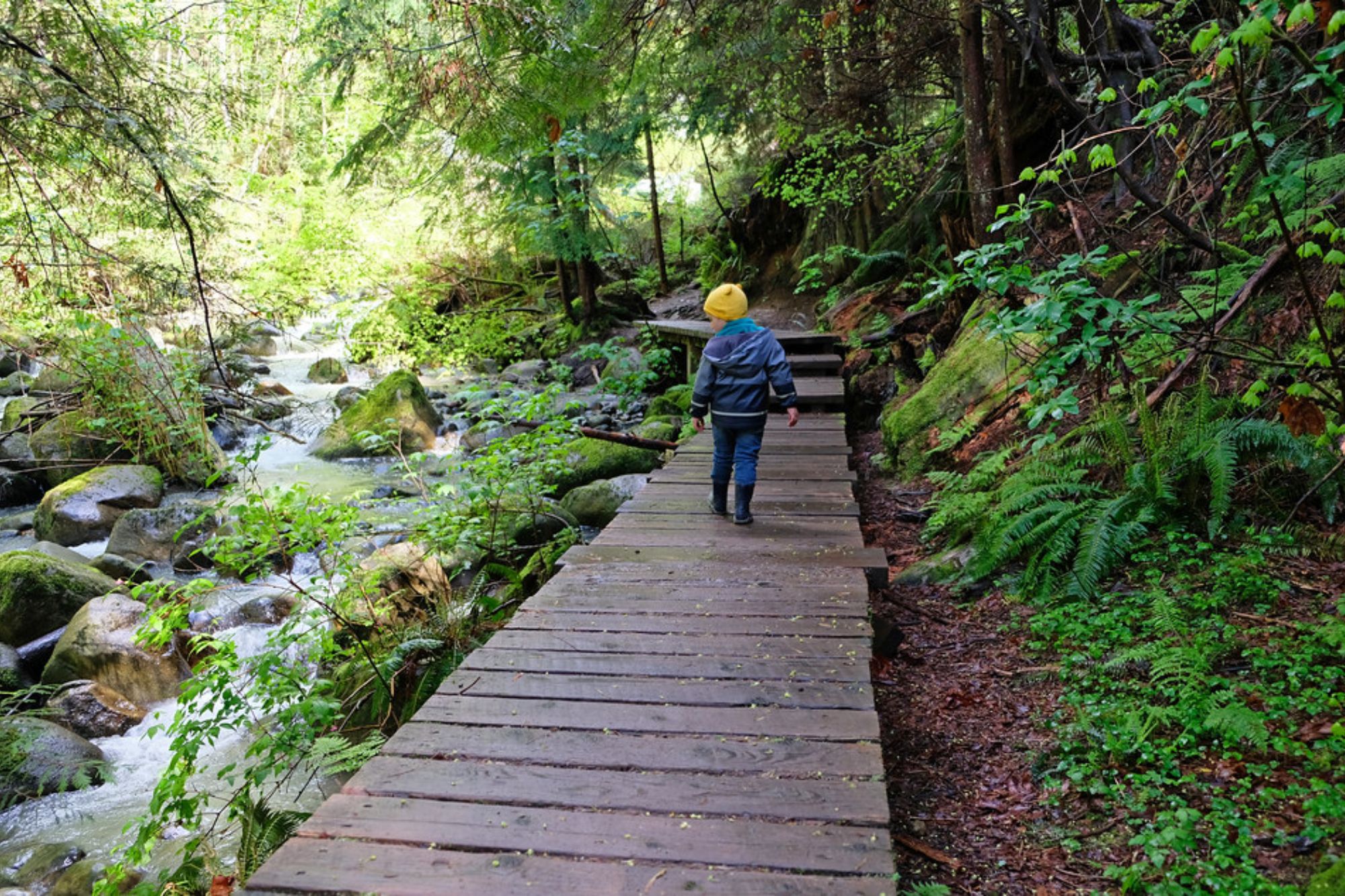
This restored wetland area within the grounds of the Pacific National Exhibition provides a habitat for numerous bird species. The sanctuary includes a stream system that manages stormwater while creating a valuable aquatic habitat in an otherwise densely developed area.
Though completely engineered, this urban wetland performs genuine ecological functions and offers visitors a chance to understand the importance of these ecosystems to the city’s environmental health.
Like Travel Pug’s content? Follow us on MSN.
Coal Harbour Seawall

This waterfront promenade connects downtown Vancouver to Stanley Park with stunning mountain and water views. Harbor seals frequently visit the marina areas, while river otters occasionally make appearances along the shoreline, delighting pedestrians with their playful antics.
You’ll spot carefully designed landscaping throughout that showcases how native plants can thrive in highly urban environments without looking out of place.
Granville Island
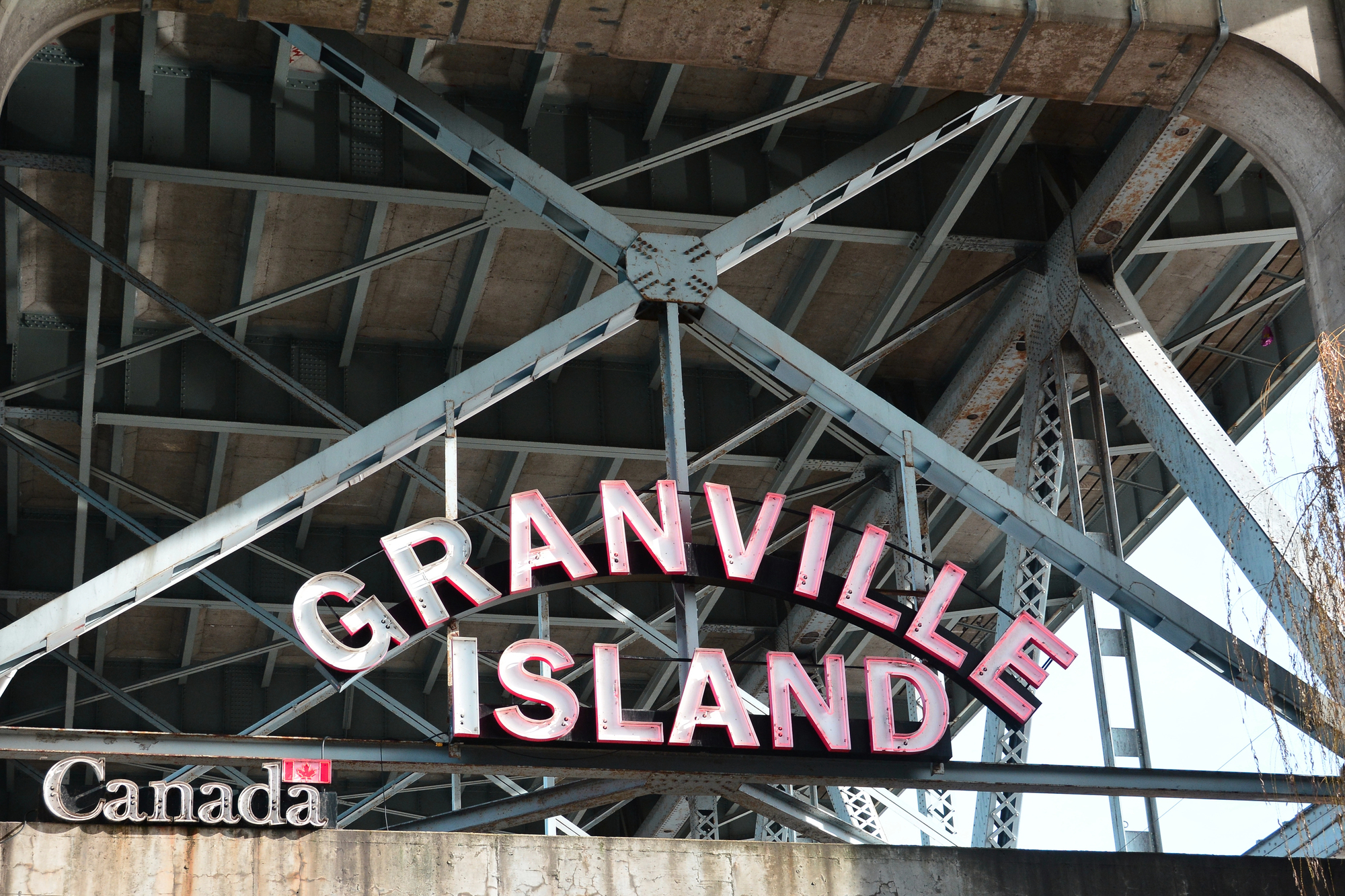
Though known for its public market, this peninsula also features waterfront walkways and pocket parks with native plantings. The island’s position in False Creek makes it an excellent spot for watching water birds, especially during winter months when many migratory species visit the protected waters.
You can grab a coffee from the market and spend hours watching the interplay between urban activity and natural processes just steps away.
Beaver Lake
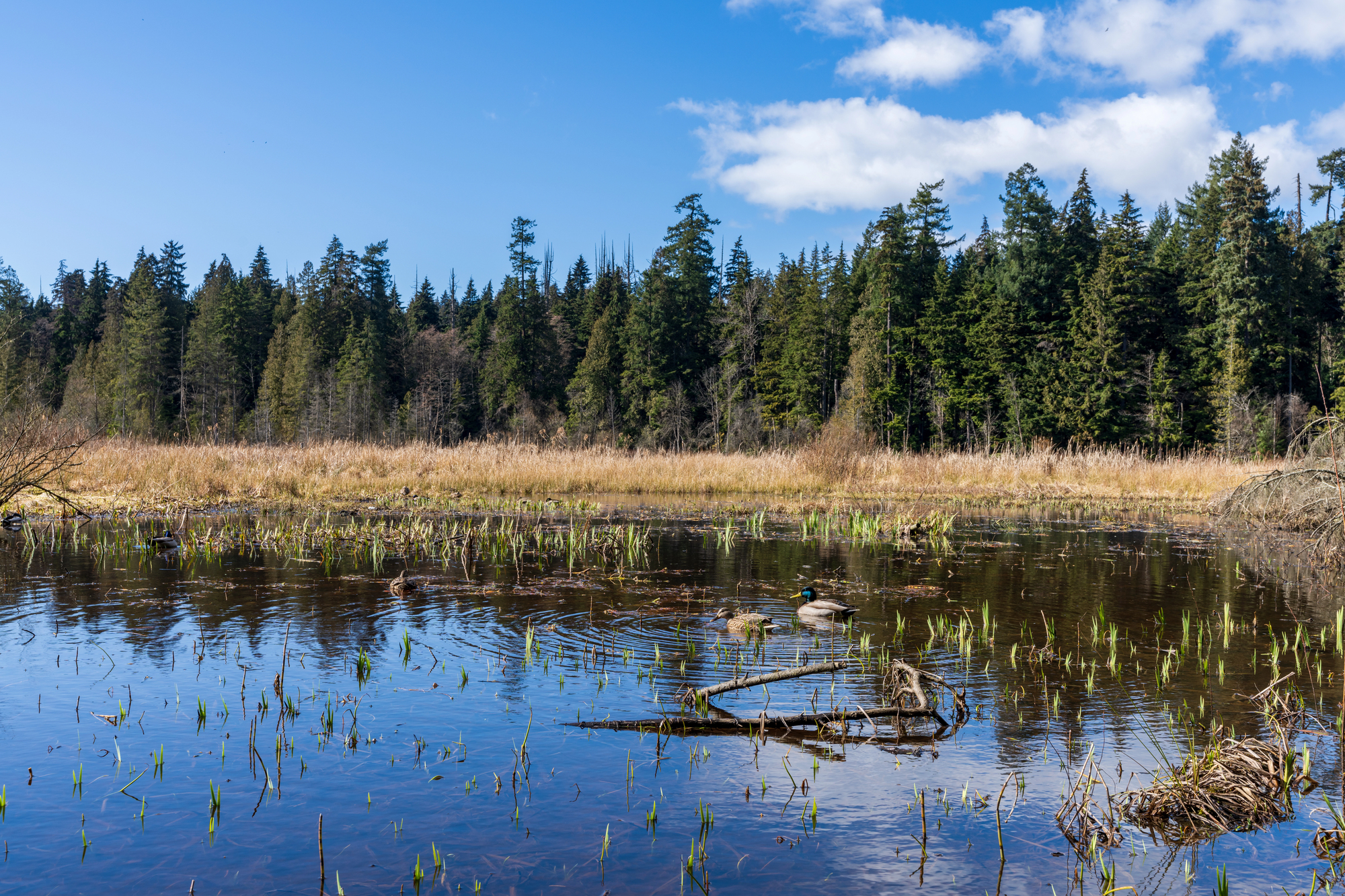
Located within Stanley Park, this small lake and surrounding bog ecosystem support wildlife rarely seen in urban settings. Water lilies cover portions of the lake’s surface during summer months, while the surrounding forest creates a sense of deep wilderness just steps from downtown.
Though battling ecological challenges from urbanization, this small water body demonstrates how even modest natural features can significantly increase biodiversity within city environments.
Like Travel Pug’s content? Follow us on MSN.
David Lam Park

This waterfront park in Yaletown features grassy terraces sloping down to False Creek, creating an amphitheater-like setting with nature as the main attraction. Cherry trees lining the pathways put on spectacular spring displays that draw thousands of admirers during the annual bloom.
Urban planners couldn’t have done better – the park shows how thoughtful landscaping creates meaningful connections to seasonal natural cycles, even in one of the city’s densest neighborhoods.
Lighthouse Park
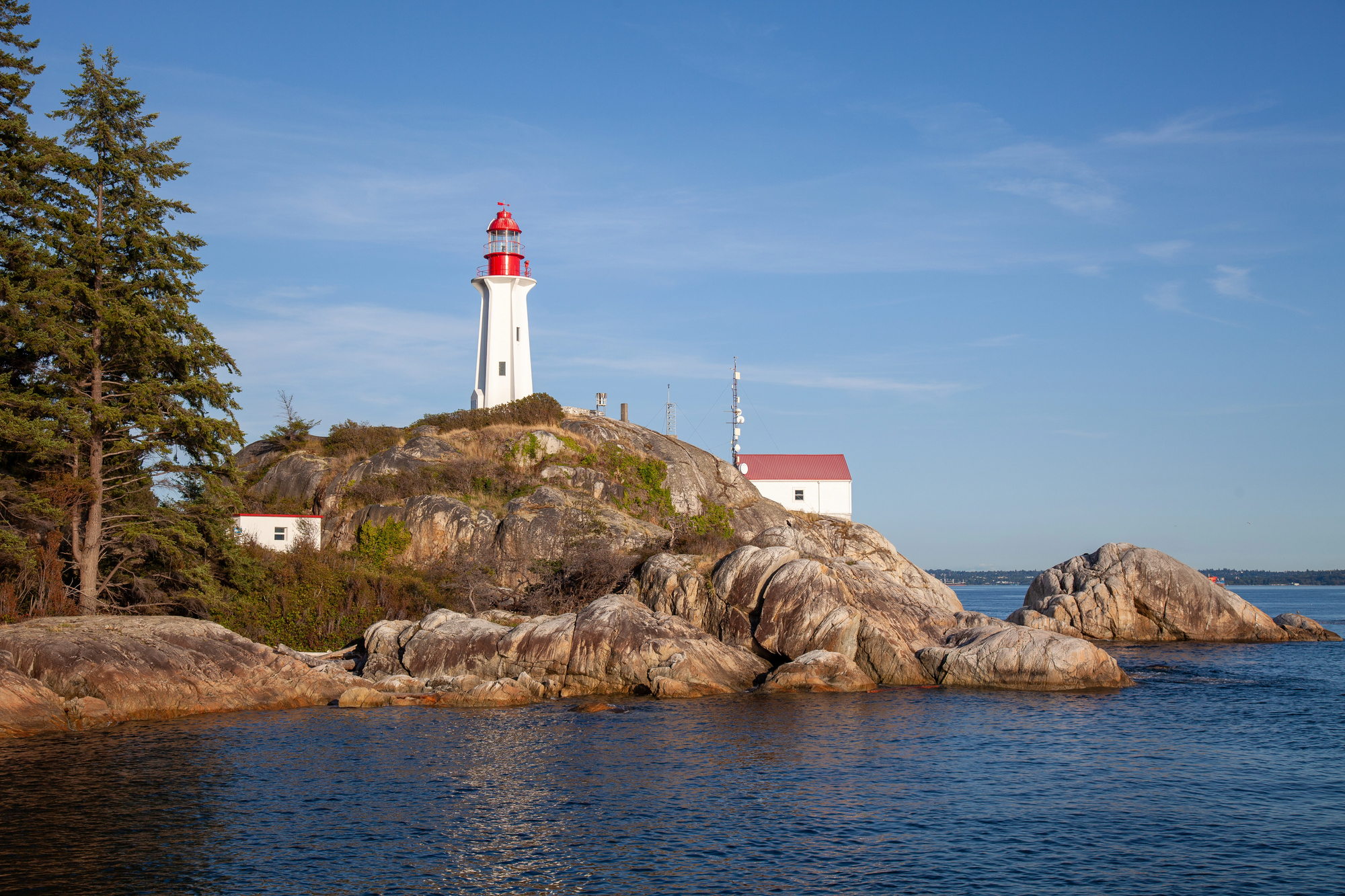
Located in West Vancouver, this coastal old-growth forest preserve offers some of the region’s most accessible ancient trees. Some Douglas firs in the park exceed 500 years in age, providing a living connection to the pre-colonial landscape that once covered the entire region.
Visitors often find themselves awestruck by the dramatic rocky shoreline that demonstrates the power of wave action in shaping coastal environments – all visible from comfortable park benches.
The Urban Wilderness Balance

Vancouver’s integration of natural spaces within its urban framework reflects a deep understanding of human needs for connection with nature. These spaces serve not only as recreational amenities but as vital infrastructure supporting mental health, environmental education, and ecological resilience.
As cities worldwide grapple with climate change impacts, Vancouver’s model of urban nature preservation offers valuable lessons about creating livable cities where concrete and chlorophyll coexist in balance.
More from Travel Pug

- Cities Growing so Fast You Won’t Recognize Them in 10 Years
- 13 Destinations Where Tourists Regularly Regret Their Trip
- 20 Obscure WWII Sites Even History Buffs Don’t Know About
- 10 Under-the-Radar Mountain Towns That Are Both Affordable and Beautiful
- Remote Villages in Europe Where You Can Live for Free in Exchange for Work
Like Travel Pug’s content? Follow us on MSN.
